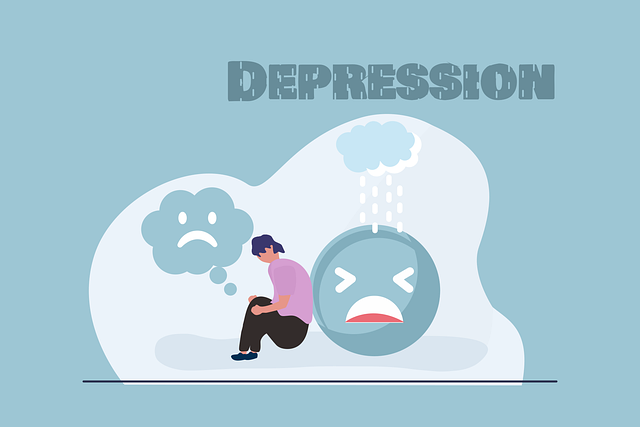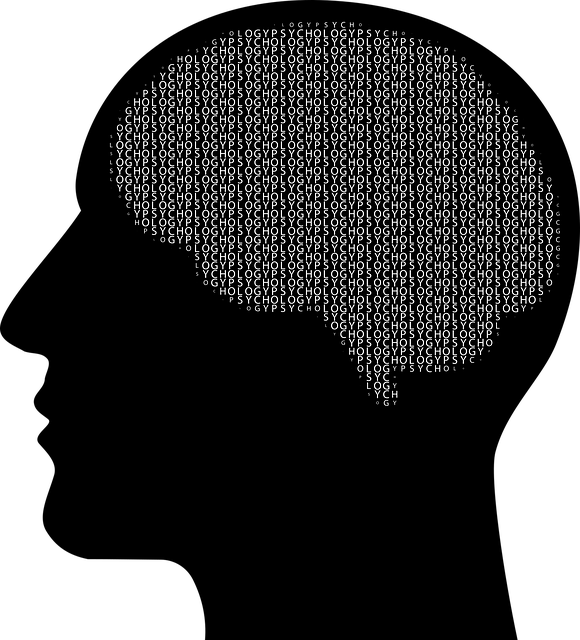Mental wellness programs, including specialized therapies like Broomfield Sexual Abuse Survivor Therapy (BSAST), offer crucial support for individuals' psychological well-being through diverse initiatives. Evaluating these programs is essential to ensure their effectiveness and adaptability. Researchers employ mixed-methods, combining surveys, interviews, and data analysis to assess outcomes like mental health improvements and social interactions in training programs. For sensitive areas like sexual abuse recovery, BSAST uses standardized questionnaires (e.g., IES) and qualitative assessments to gauge psychological distress reduction, stigma alleviation, and emotional resilience. This comprehensive approach ensures the program addresses unique client needs and fosters positive mental wellness outcomes. Continuous evaluation through best practices, mixed-methods research, and technology integration enables programs like BSAST to stay dynamic and impactful in supporting survivors' recovery journeys.
Mental wellness programs have become increasingly vital in addressing diverse psychological needs. This article explores comprehensive evaluation methods for such programs, highlighting the importance of measuring their effectiveness. We delve into various assessment tools and present a case study on the Broomfield Sexual Abuse Survivor Therapy program, showcasing successful outcomes. Additionally, best practices and future directions in program evaluation are discussed, emphasizing the need for continuous improvement in mental health support services, especially in specialized areas like sexual abuse therapy.
- Understanding Mental Wellness Programs and Their Evaluation
- Assessment Tools for Measuring Program Effectiveness
- Case Study: Broomfield Sexual Abuse Survivor Therapy
- Best Practices and Future Directions in Program Evaluation
Understanding Mental Wellness Programs and Their Evaluation

Mental wellness programs are designed to support individuals in maintaining or improving their psychological well-being. These initiatives can take various forms, including therapy services, social skills training, and burnout prevention workshops. For instance, Broomfield Sexual Abuse Survivor Therapy offers specialized care tailored to address the unique challenges faced by survivors of sexual abuse. The evaluation of such programs is a critical step in ensuring their effectiveness and making necessary improvements. It involves assessing the program’s impact on participants’ mental health, satisfaction levels, and overall well-being.
Evaluation methods play a pivotal role in understanding what works and what needs adjustment. Researchers and healthcare providers utilize different techniques, such as surveys, interviews, and data analysis, to assess outcomes. For example, Social Skills Training programs can be evaluated through participant feedback on their ability to interact with others and improvements in social interactions over time. Similarly, Healthcare Provider Cultural Competency Training initiatives can be measured by assessing changes in provider attitudes and behaviors related to cultural sensitivity, which directly impacts patient care. Effective evaluation allows for the refinement of these programs, making them more inclusive, beneficial, and aligned with the diverse needs of participants.
Assessment Tools for Measuring Program Effectiveness

Evaluating a mental wellness program’s effectiveness requires a comprehensive approach, especially when addressing sensitive areas like sexual abuse recovery. Assessment tools play a pivotal role in understanding the impact and success of interventions. One widely recognized method is the use of standardized questionnaires designed to assess symptoms and functioning related to mental illness. These tools provide quantitative data, allowing for before-and-after comparisons and identifying trends within the program’s participant pool. For instance, the Broomfield Sexual Abuse Survivor Therapy (BSAST) program might employ validated measures like the Impact of Event Scale (IES) to gauge participants’ psychological distress levels post-therapy.
Additionally, qualitative assessments, such as in-depth interviews or focus groups, offer valuable insights into participants’ experiences and perceptions. This approach can reveal nuances related to stigma reduction efforts, stress management techniques, and communication strategies employed within the program. By combining quantitative and qualitative methods, BSAST can gain a holistic understanding of its impact, ensuring that the program effectively addresses the unique needs of its clients and fosters positive mental wellness outcomes.
Case Study: Broomfield Sexual Abuse Survivor Therapy

Broomfield Sexual Abuse Survivor Therapy (BSAST) serves as a compelling example of an effective mental wellness program evaluation method. By focusing on individuals who have experienced sexual abuse, BSAST employs tailored therapeutic approaches to address unique challenges faced by survivors. The program prioritizes self-esteem improvement through cognitive behavioral therapy, empowering participants to regain a sense of control and worth. Furthermore, it integrates compassion cultivation practices aimed at fostering empathy towards oneself and others, which is crucial for healing and emotional resilience.
Through regular sessions led by trained professionals, BSAST facilitates emotional regulation techniques that help survivors cope with trauma-related distress. By combining individual therapy with group support, the program creates a safe space where participants can share experiences, gain insights from peers, and build a sense of community. The evaluation process involves rigorous data collection on client outcomes, therapeutic interventions, and program impact, ensuring continuous improvement and accountability in delivering quality care to sexual abuse survivors.
Best Practices and Future Directions in Program Evaluation

The evaluation of mental wellness programs is an evolving field that requires a multifaceted approach to accurately assess their impact. Best practices involve utilizing robust methodologies such as mixed-methods research, which combines qualitative and quantitative techniques, providing a comprehensive view of program effectiveness. This includes gathering feedback from participants, stakeholders, and practitioners through surveys, interviews, and focus groups, offering insights into the program’s strengths, weaknesses, and areas for improvement.
Looking ahead, future directions in program evaluation should incorporate innovative strategies like technology-driven assessments to enhance accessibility and data collection efficiency. For instance, digital platforms can facilitate real-time monitoring of participant progress and engagement, particularly beneficial for programs addressing issues like burnout prevention. Additionally, integrating Mental Health Policy Analysis and Advocacy into evaluation frameworks ensures that program outcomes align with broader societal goals. By adopting these advanced methods, organizations like Broomfield Sexual Abuse Survivor Therapy can stay at the forefront of mental health support, offering tailored interventions and advocacy to meet evolving community needs, including effective Burnout Prevention strategies.
Mental wellness programs, such as the Broomfield Sexual Abuse Survivor Therapy, greatly benefit from robust evaluation methods. By employing comprehensive assessment tools, these programs can measure their effectiveness and ensure they provide the best care for those in need. The case study highlights successful strategies, while best practices guide continuous improvement. Looking ahead, integrating innovative evaluation techniques will further enhance mental wellness program outcomes, ensuring support systems evolve to meet individuals’ unique needs.














